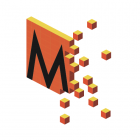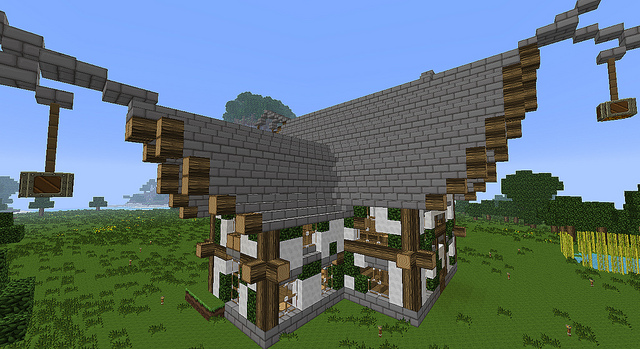EMBRACING HOLISTIC LEARNING
Over the years, the term "Renaissance Man" has sprouted into common vernacular in order to identify the well-rounded intellectual who was an expert in a variety of subjects. It replaced the ancient Greek notion of the polymath (or polyhistor) and the 15th Century Italian notion of Uomo Universale (Universal Man) with the image of a distinguished man with James Bond like charm, etiquette, and sophistication. Despite its positive connotations, however, the new term Renaissance Man likely served as a way to emphasize and distinguish the modern efficacy of specialized labor--and by extension, specialized and categorized education.

Despite the fact that we’re increasingly committed to equality and information is more widely accessible than ever before, possibilities for a formal Renaissance-Man-Liberal-Arts education remain limited to the elite. The average, or common, student is encouraged to choose majors and institutions that track into a specialized vocation.
This may be sensible. After all, not everyone can be the next Leonardo Da Vinci. The trouble, however, is that our experience in the world is not divided and organized like the subjects in school. Adults draw on knowledge from a variety of subjects throughout their work day. Creative problem solving and critical thinking rely on the ability make connections across disciplines.
Unfortunately, it's common to hear students identify themselves as “bad at math.” Some students believe that they're “just not humanities types.” Already, in the early grades, students internalize specialized career tracks based not on their skillsets, but rather on the ease with which they achieve success in particular subject areas. They not only believe that they are good at the things that are easiest, but also that their identity and self-worth is tied up in those achievements.
I saw it first-hand when my son was six. He came home from school and told me that he wasn’t “a math person.” I explained that growing up meant becoming a math person. Just like it meant becoming a person who can read, and a person who can write, and a person who understands the basics of science, history, art, and music. Now he perseveres at math, often finishing his homework as quickly as possible so he can move on to playing video games.
Like most eight-year-olds, he’s especially fond of the "sandbox" style video game: Minecraft. Sometimes he plays for hours. I’m okay with the amount of time he plays because I like that the game requires a variety of skills. Everyday, my son sees how the creative and imaginative skills (which are usually relegated to the arts) are easily combined with the skills necessary to engineer structures within a fixed system. What’s more, the game involves managing resources in a way that calls on math skills. Literacy and semiotic skills are used as he constructs signage for his structures. And he is developing social and emotional skills as he interacts with other players around the world, constructing role playing scenarios for peers, and chatting through online instant messaging.
Like Minecraft, most complex video games require players to employ a variety of skills that reach across disciplines. This is one of the great things about game-based learning. Commercial games like Minecraft and The Sims are being adapted into school specific iterations. MincraftEDU and SimCityEDU provide flexible options for integrating familiar games with traditional classroom curriculum.
Because video games are basically simulations of particular kinds of experiences, or problems, they require a kind of active engagement that simultaneously calls on diverse ways of knowing. Similar to the way most activities in life require using multiple cognitive skills simultaneously, scenarios in the game world can be constructed in such a way that individuals are forced to apply a variety of intellectual tools.
Contrary to the popular view of game-based learning, then, the game is not simply a robotic teacher. It is not about drilling students with animated adaptive flashcards. It's more interesting than that. Great game-based learning platforms do not attempt to trick students into memorizing facts. They are not "chocolate covered broccoli.” Instead, video games can be used as tools that encourage students to apply class content in contextualized ways.
Think of video games as another tool you can employ in your classroom. Consider them like projects that ask students to use the knowledge they’ve obtained, to grasp the subject matter with such proficiency that they’re able to play with it. True learning leads toward the ability to manipulate new knowledge in such a way that it transcends discipline specific specialization. Video games encourage this kind of comprehension.
The ability to apply knowledge across disciplines is important, but it is not enough. It is important to combine that knowledge with strong social and emotional skills that serve as the foundation for good citizenship in the 21st Century.
The MindShift Guide to Games and Learning is made possible through the generous support of the Joan Ganz Cooney Center and is a project of the Games and Learning Publishing Council.


